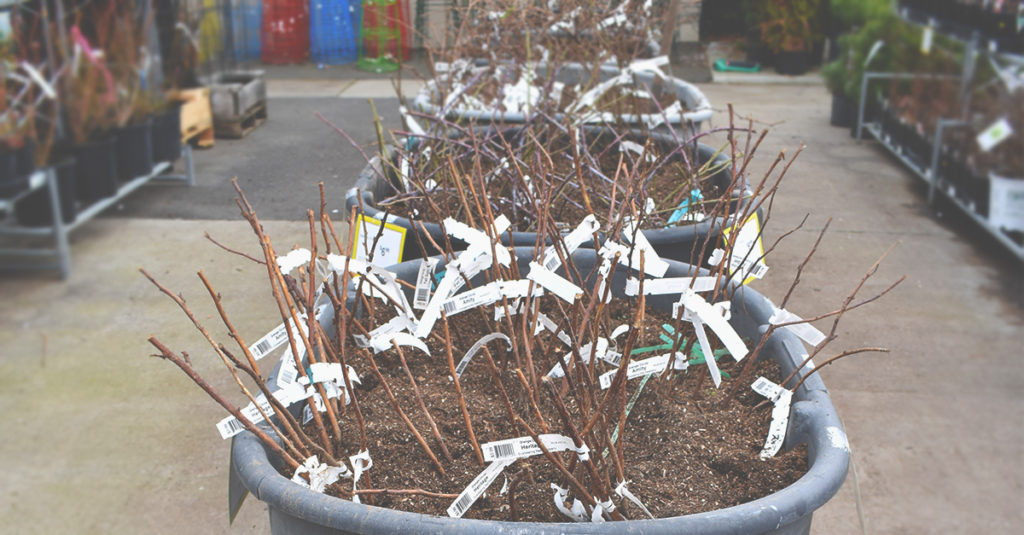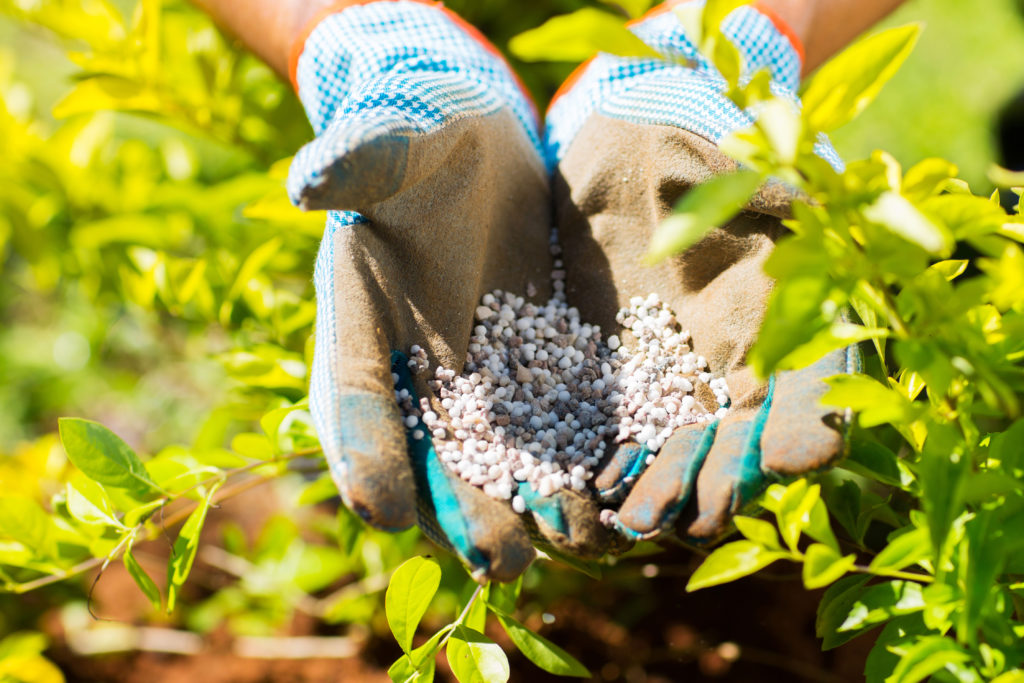
Bare Roots - What Makes Them Different?
Posted by Grange Co-op on 28th Jan 2019
Did you know many of your favorite trees, shrubs, roses and perennials are available as bare root plants? In this GrangeKnows article, we’ll provide simple tips and maintenance on bare root success. “Bare roots” simply means the plants are dormant and shipped without soil. Not all plants can handle being without soil for extended periods of time, but those that can, are often some of the best bargains in gardening.
Health and Growth Cycle of a Bare Root
Because they’re dormant, bare roots can be mistaken as appearing like “dead sticks”. This appearance is completely normal for dormant plants. Don’t be discouraged or anxious, often bare roots take four to six weeks after planting to “wake up” and show signs of new growth. Patience is the key. Once properly planted, bare roots establish much faster, with less transplant shock and often a higher rate of survival.
Because bare roots are missing foliage and greenery, it can be difficult to interpret the health of the plant. You can look for damage by inspecting the root ball. Does it appear dried out, or sections rotten? If this is the case, trim these away before
 planting.
planting.
Keynotes to Growing your Bare Root
It is imperative to plant your bare root shortly after getting them home. Delaying planting further than what the plant has already been through only increases chances of failure. In the meantime, keep your bare root in a cool, shady place.
It is extremely important to keep the root ball moist. We recommend, prior to planting, soaking the root zone of a bare root in water 30 – 60 minutes prior to planting. This will deeply hydrate the roots and give them the best chance at survival. Water the plant regularly after planting in the ground. Provide water whenever the soil, about an inch below the surface, begins to feel dry. To contain the moisture and discourage weeds from sprouting, apply straw or mulch around the plant. We’ll provide more information on this below. Maintain this routine and eventually the plant will break dormancy and the first new green leaves will appear.
Digging the Planting Hole and Back-filling
To successfully plant your bare root, dig a hole twice the diameter of the root spread. Break up the sides and bottom of the hole so the roots can extend and spread. The hole should be large enough to hold the roots without crowding or bending. To ensure you don’t accidentally break the root system, it is helpful to create a soil cone in the middle of the planting hole. This allows support for the root ball. Adjusting the height of the cone so the crown—this is where the trunk meets the roots of the plant—will sit at, or slightly above the soil level. Back-fill using a combination of native soil and Aged Steer Manure as an amendment. Lightly tamp the soil to remove any air pockets.
Maintaining and Caring for your Bare Root
Once you have completely back-filled, adjust the loose topsoil so a “basin” can efficiently gather and hold water. Do this by constructing a 3-4” ridge, or a berm of soil around the outer edge of the planting hole. As mentioned, within this basin, you can apply straw or mulch to contain moisture and discourage weeds. Taper the mulch toward the base of the plant.
Continue caring for your bare root by providing plenty of moisture. Within the first two weeks, newly planted bare roots should be checked and watered every other day. Maintain by checking soil moisture 2-4” deep near the root mass weekly, or less, depending on rainfall.
About a year after transplanting your bare root, we recommend using a
fertilizer to encourage and maintain strong growth. Speak with a Grange Gardening Expert for advice on the best fertilizer for your specific plant.
Grange Gardening Expert for advice on the best fertilizer for your specific plant.
Despite looking unhealthy at first, in time, bare roots are equally successful after transplanting. There are no plastic pots to manufacture; less waste subsequently is produced, and the plants are not confined to root bound. With a little preparation, you can save money, maintain a more eco-friendly garden, and grow a stronger plant when choosing to purchase bare roots. Don’t hesitate to consult your local Grange Gardening Expert regarding any questions or concerns you still have pertaining to bare roots.
